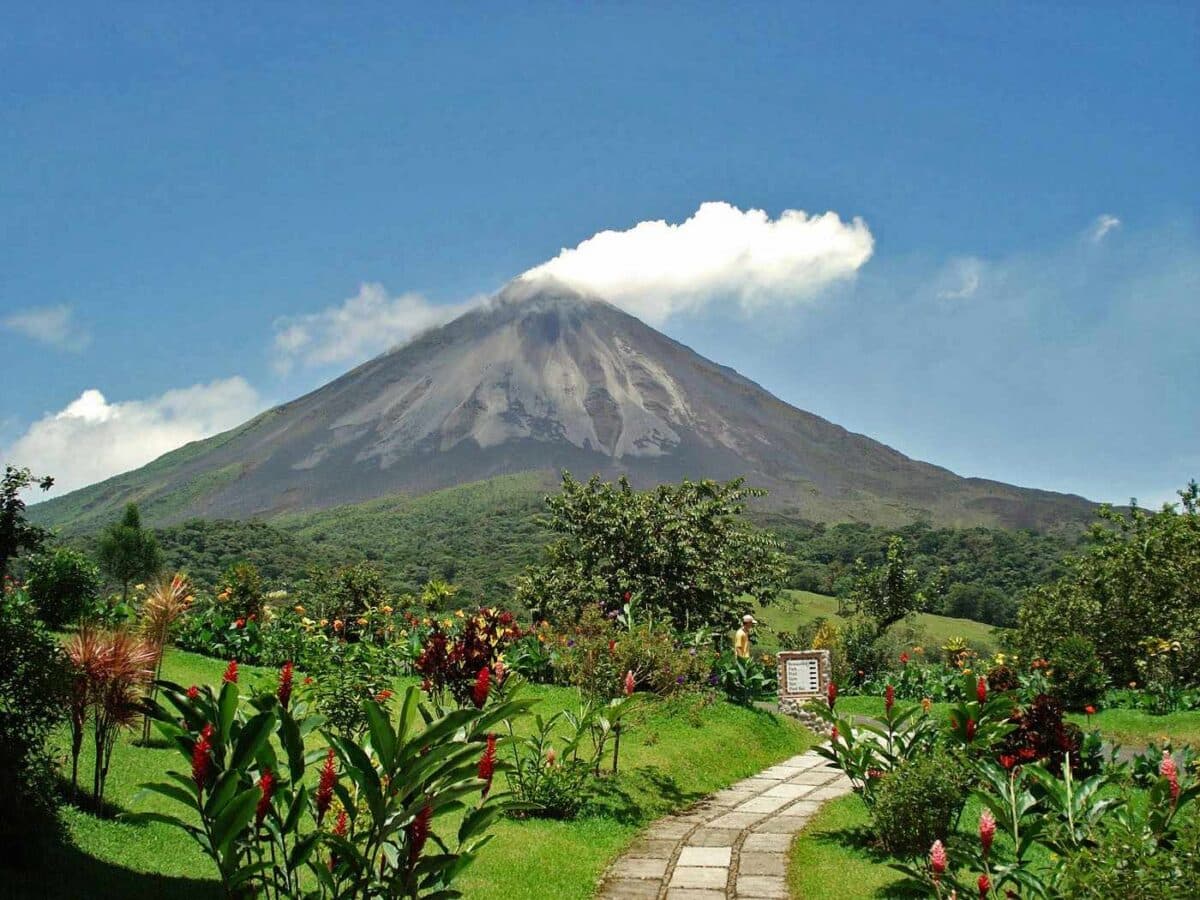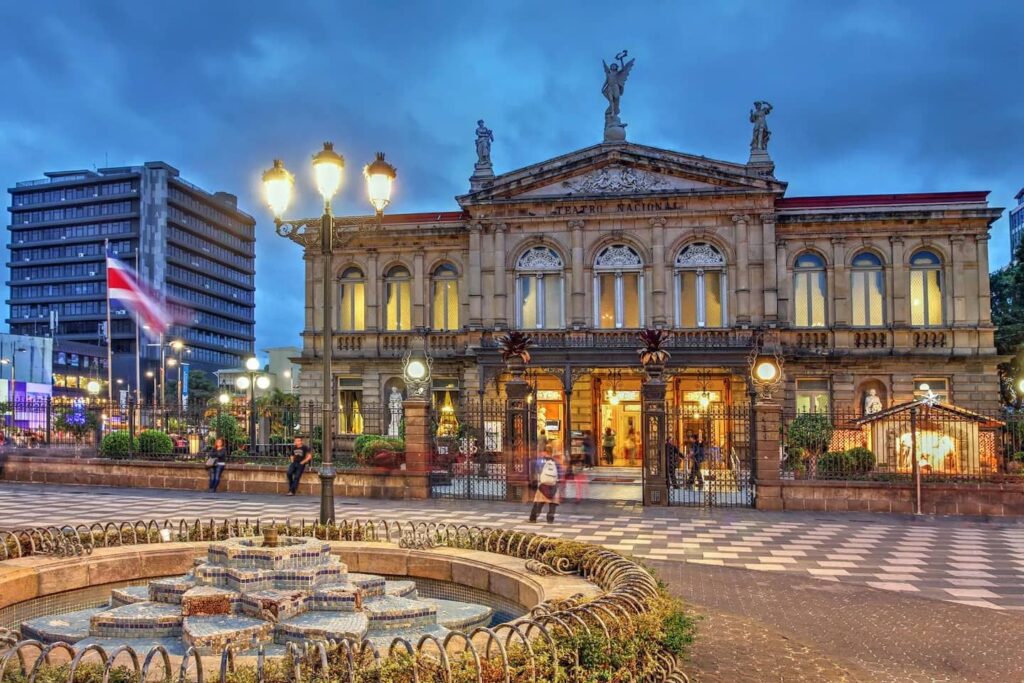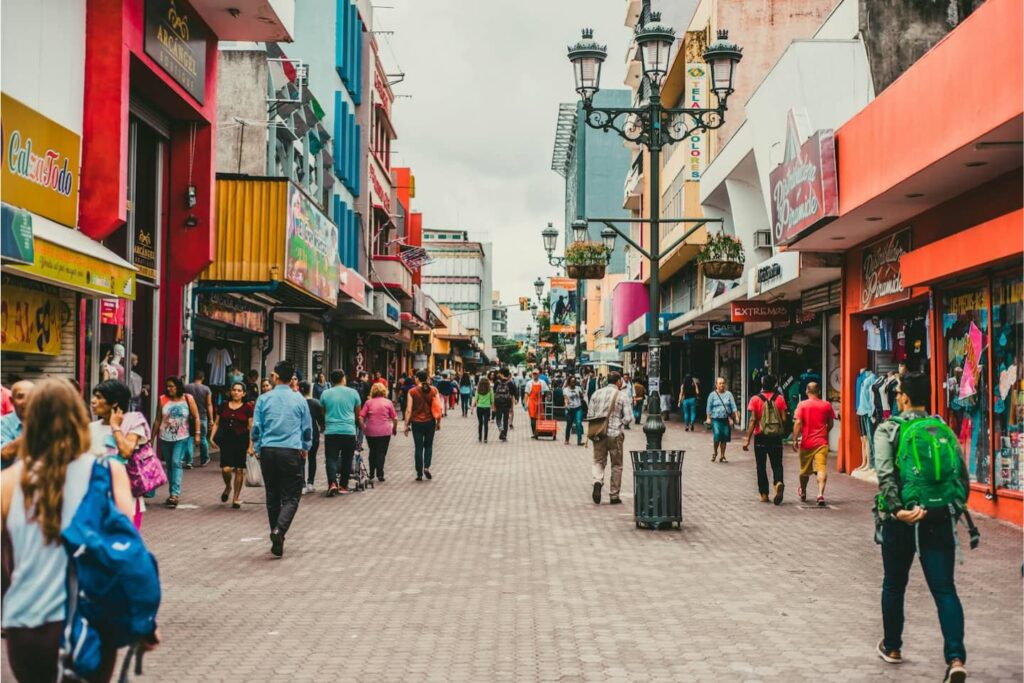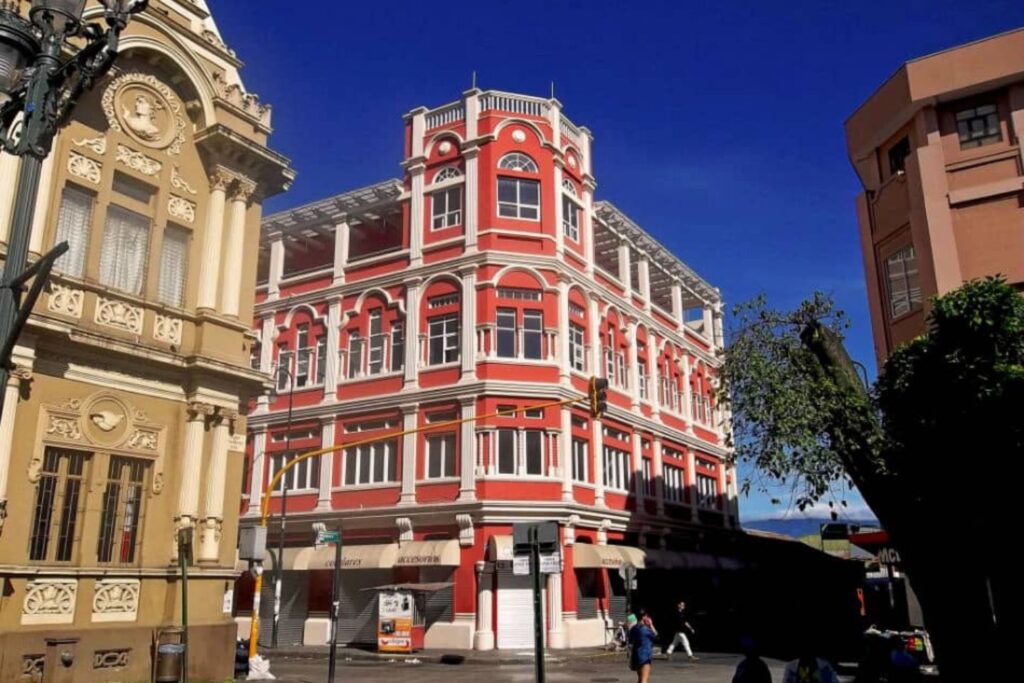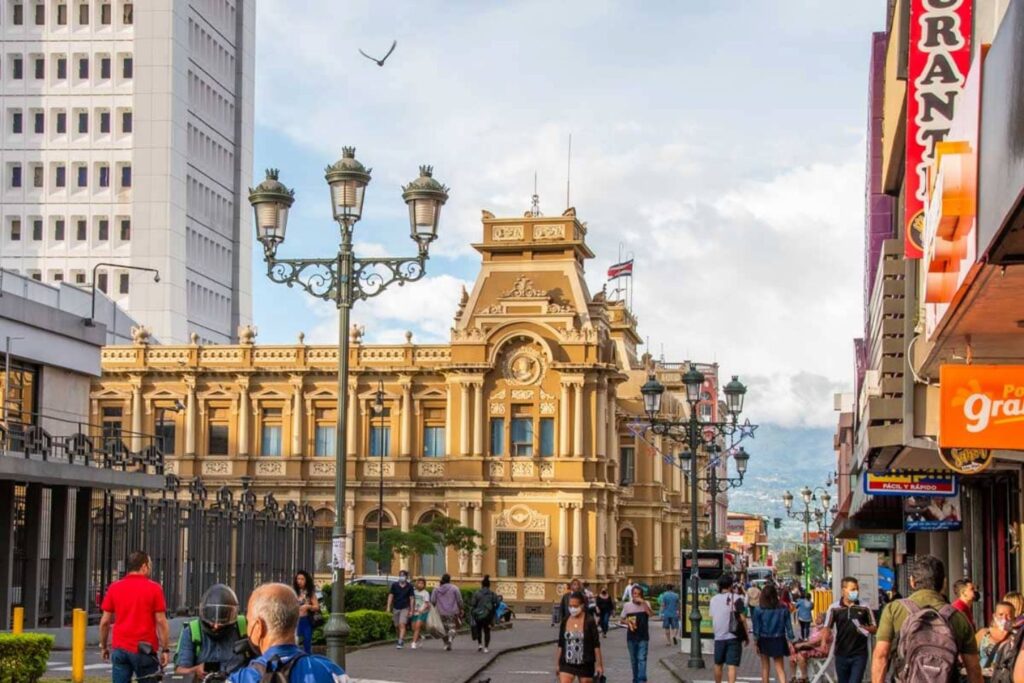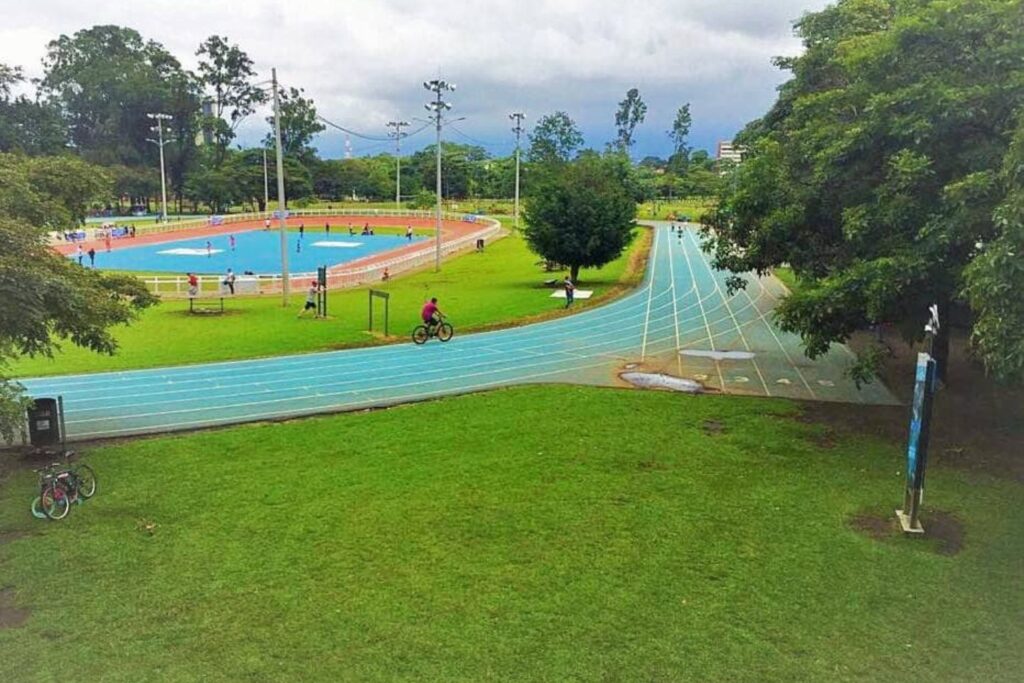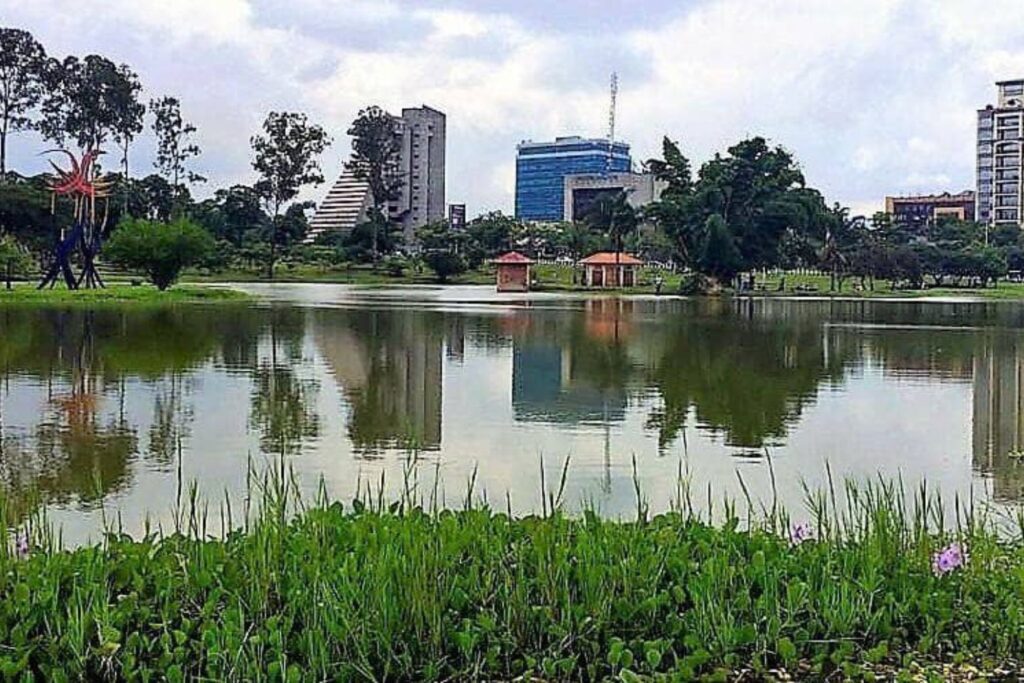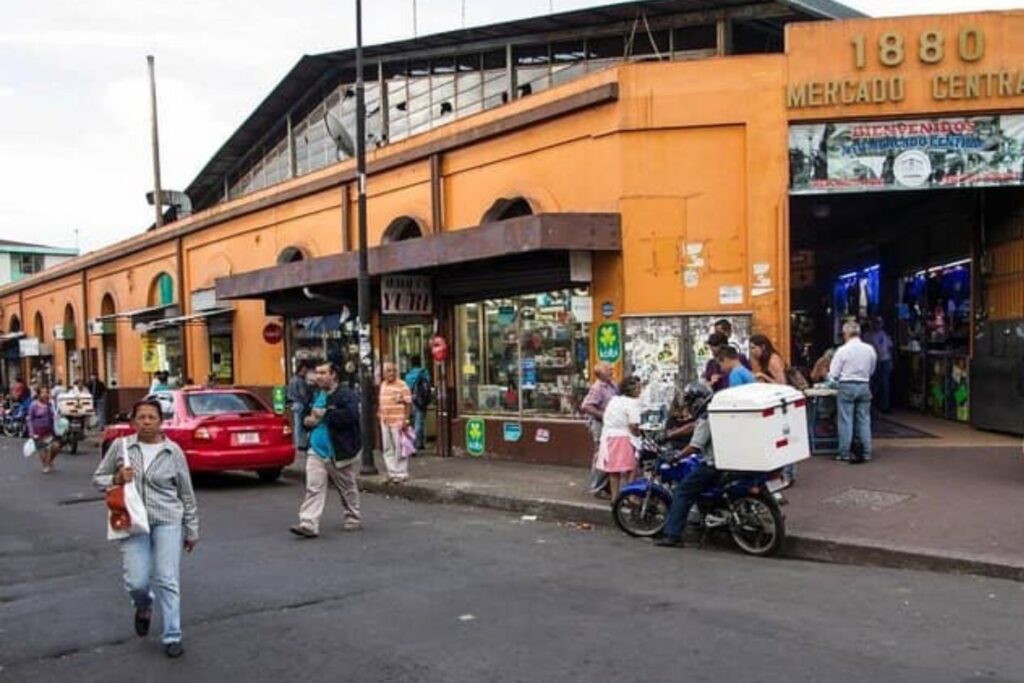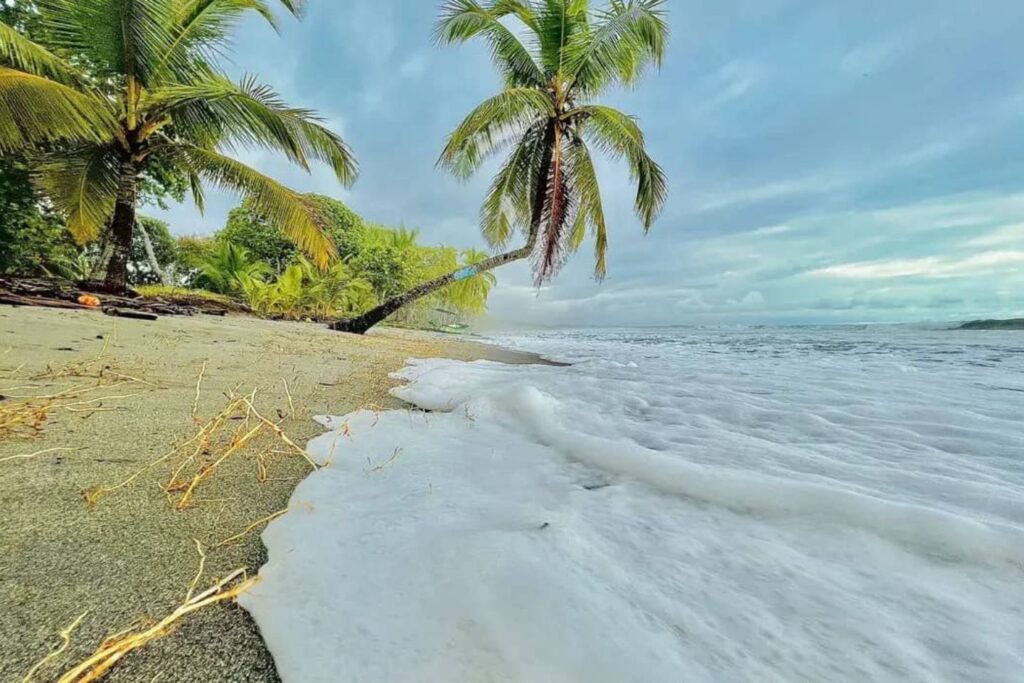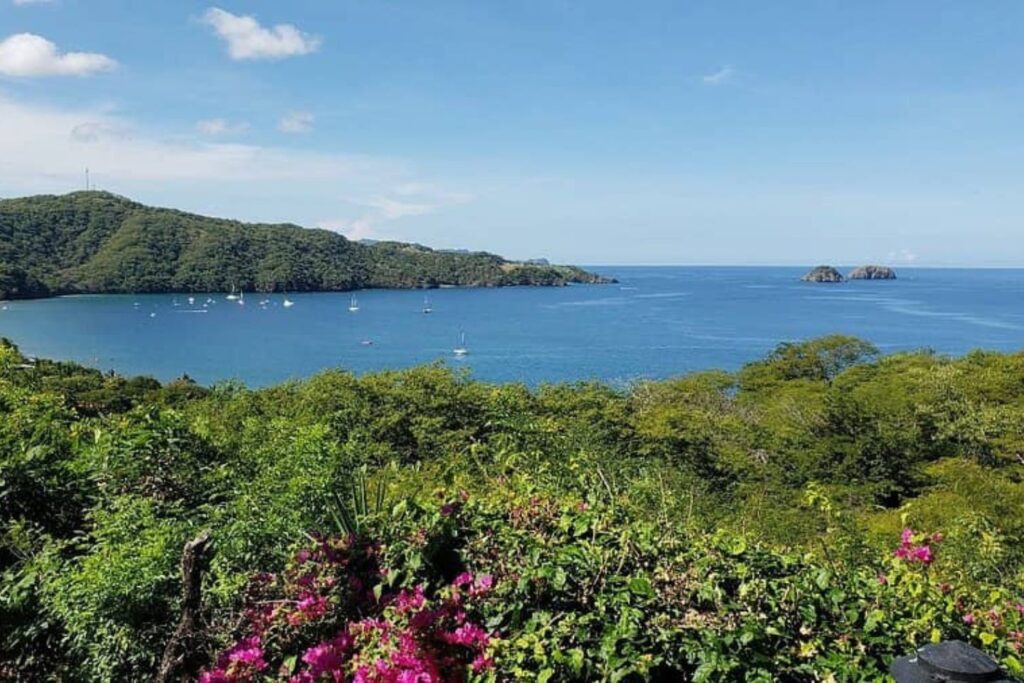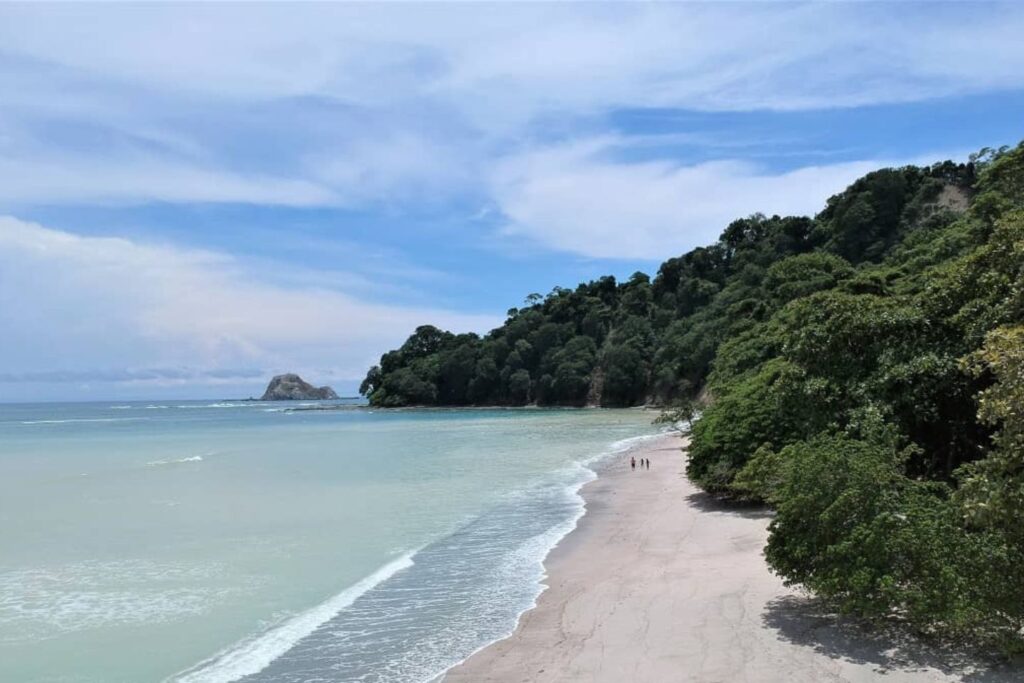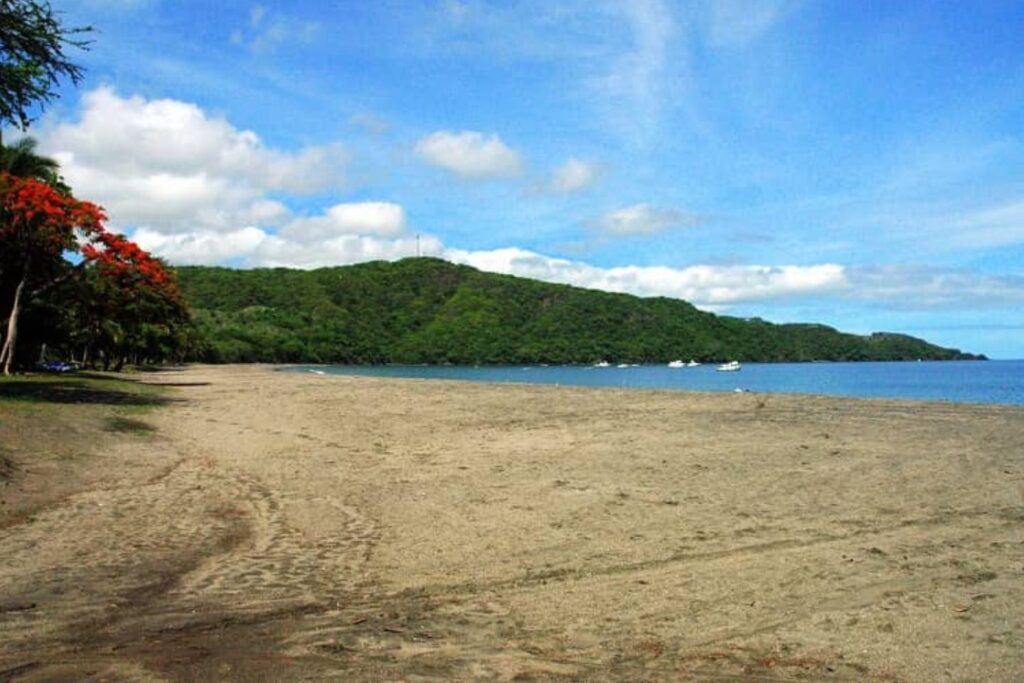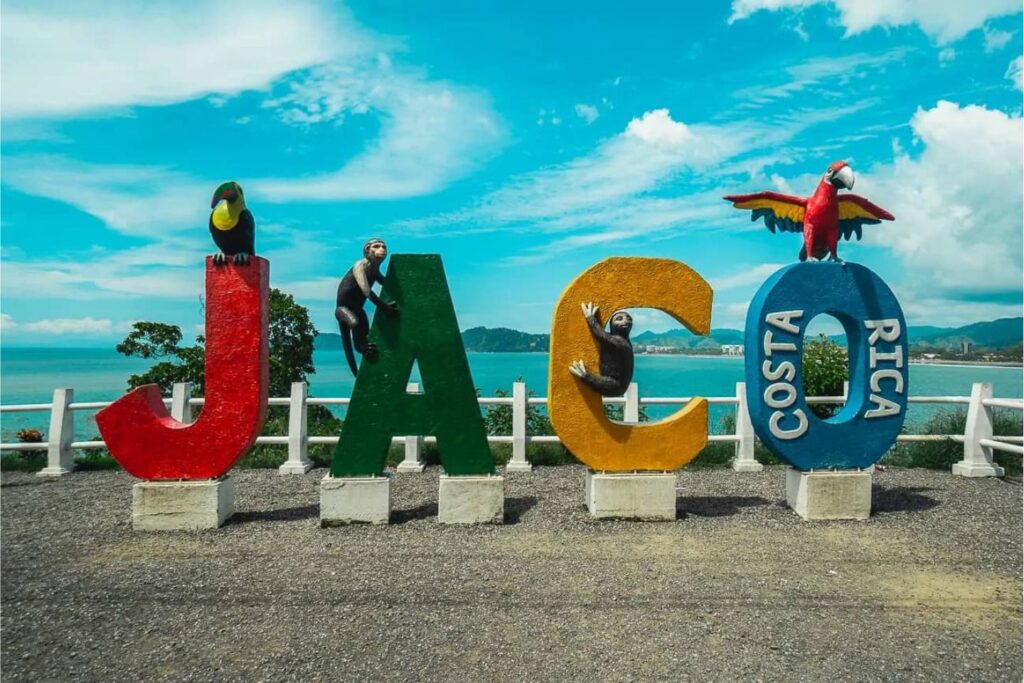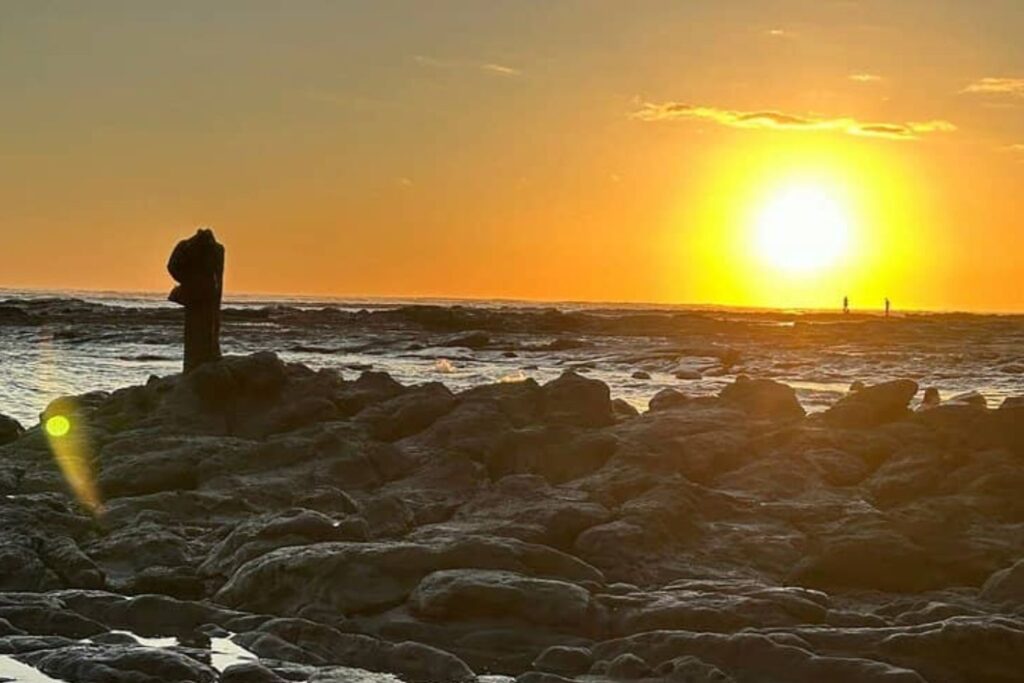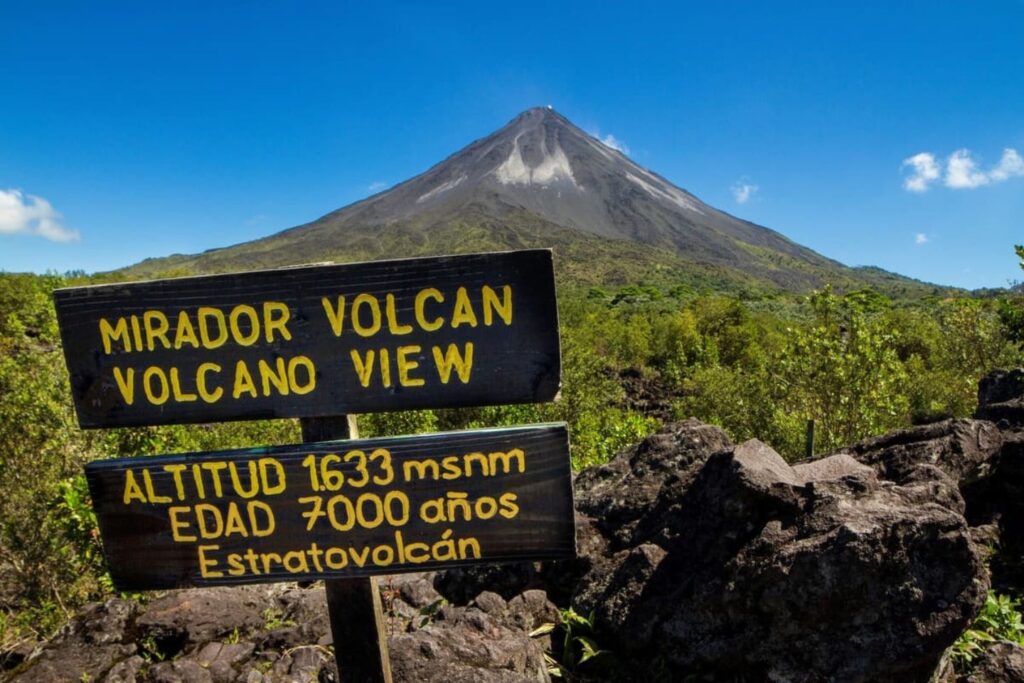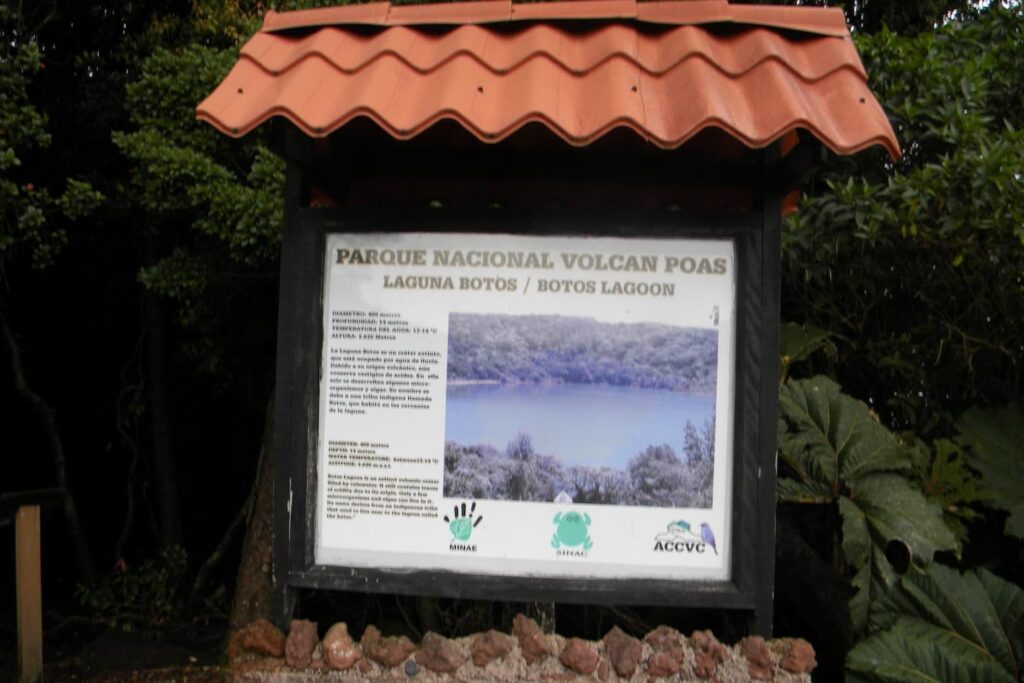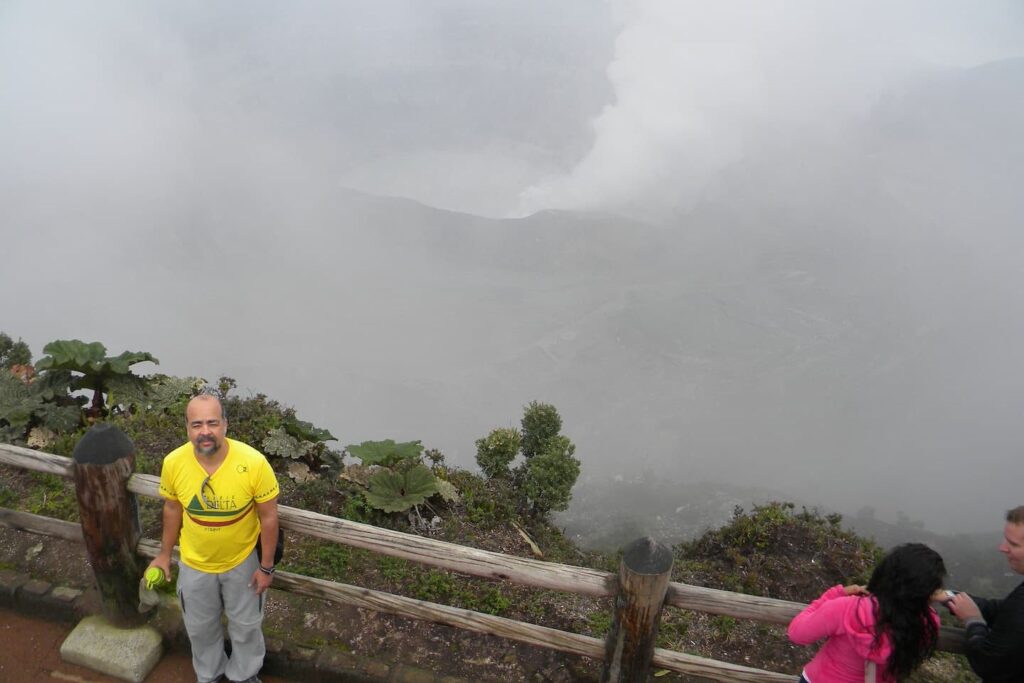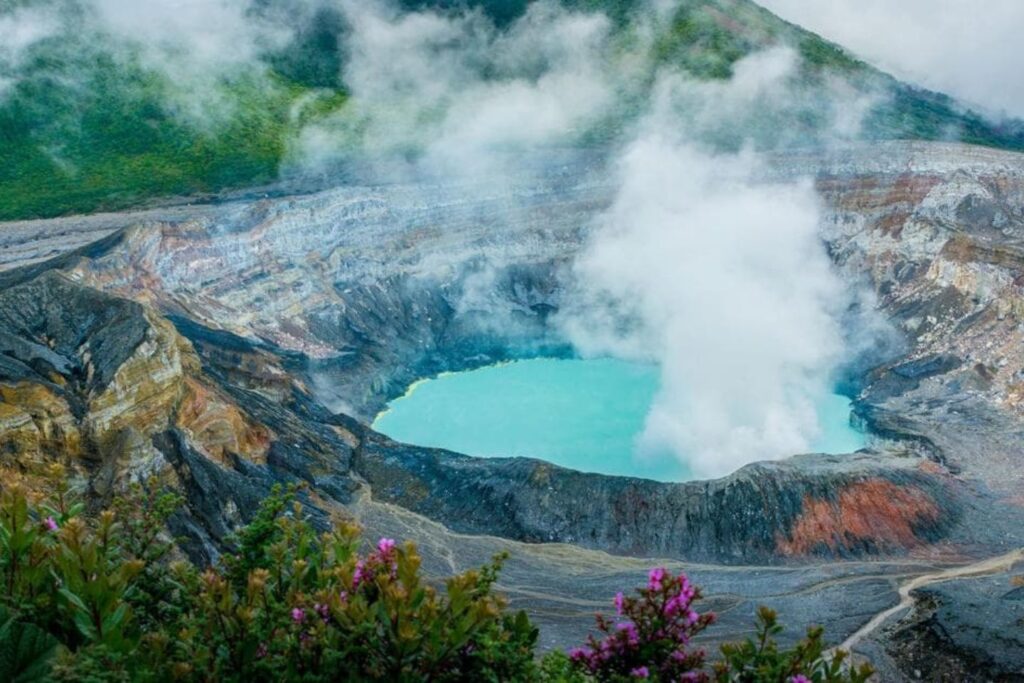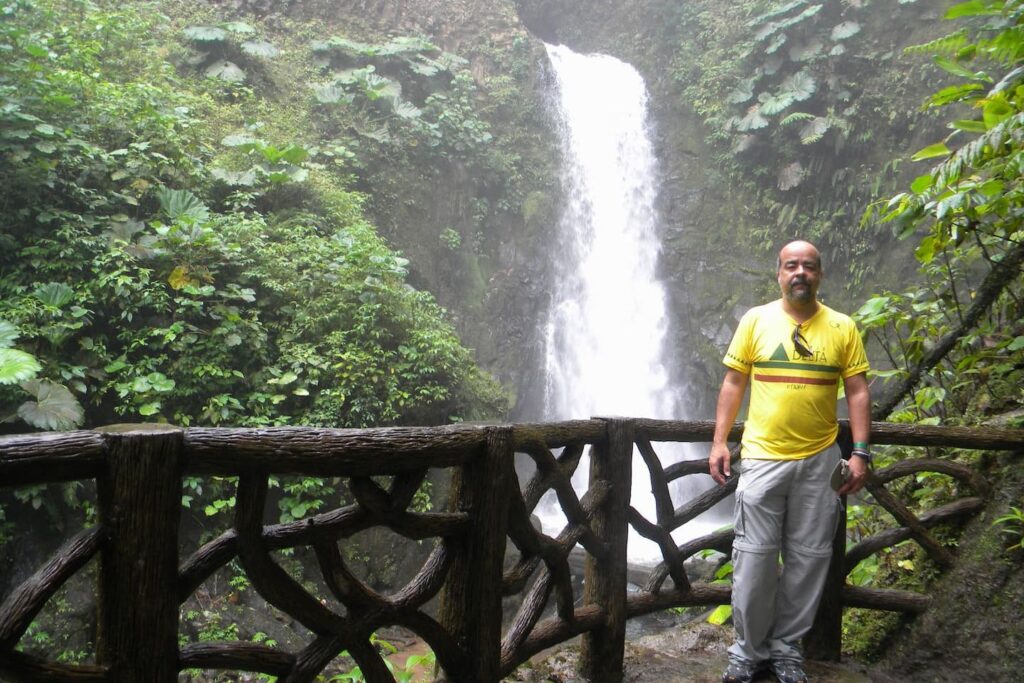San Jose - Costa Rica
San Jose, Costa Rica: Starting Point for Great Adventures
I went to San Jose, Costa Rica, for work, and had little time to explore. However, I managed to see many attractions, starting with the vibrant San Jose.
San Jose is the capital and largest city of Costa Rica, located in the country’s Central Valley. Founded in 1738, it became the capital in 1823. Today, the city is home to around 350,000 inhabitants and over 2 million in its metropolitan area.
Thus, it stands out as the political, economic and cultural center of Costa Rica. In addition, the city is impressive for its architecture, which mixes Spanish colonial style with modern buildings. Among the most important tourist attractions are the National Theater, the Pre-Columbian Gold Museum and the Jade Museum.
San Jose also offers a vibrant nightlife, making it an excellent starting point for exploring the natural beauty of Costa Rica, such as volcanoes and national parks. In addition, it is the main gateway for most visitors to the country.
Historic center that surprises.
Despite being small compared to other Latin American capitals, San José surprises; walking through the center is like traveling back in time.
The National Theater, a true architectural gem, immediately enchants visitors.
The Central Market invites you to immerse yourself in the local flavors — think incredible coffees, exotic fruits and traditional dishes like the famous “casado”.
The climate in San José is mild all year round, with average temperatures around 23°C.
In addition, the city’s economy is quite diversified, with a strong presence in the service, commerce and technology sectors.
We must not forget that San José is also an important educational center, home to renowned universities, such as the University of Costa Rica.
The perfect base for exploring Costa Rica
San José is strategic, because from the city, it is easy to explore paradisiacal beaches, imposing volcanoes and tropical forests — all just a few hours away by car.
In addition, the city is home to museums that are worth visiting, such as the Pre-Columbian Gold Museum and the National Museum.
Strolling through downtown San Jose
Since it was a little far from the city center, I took a taxi to the Plaza de la Democracia, where the National Museum of Costa Rica and the Jade Museum are located.
After visiting the National Museum, I continued walking towards the National Theater and, shortly after, the Pre-Columbian Gold Museum.
Very close by is the Metropolitan Cathedral of San José, an imposing building from 1871 that combines elements of Greek Orthodox, Neoclassical and Baroque architecture.
Next to the cathedral is the Parque Central, which is actually a simple square with a central fountain, where local events occasionally take place, although nothing too grand.
Central Market and Authentic Flavors
After strolling around the city, it was time to stop and enjoy the local cuisine.
I tried a casado, a traditional dish that mixes rice, beans, meat, fried plantains and salad. A true explosion of typical flavors.
Parks in the city of San José
I really enjoy walking in the parks of the cities I visit.
However, San José doesn’t have many green areas in the city center.
The only space that can truly be called a park is La Sabana.
With its 72 hectares, it is a sports, cultural and recreational area of great importance, offering tranquil lakes, hiking trails and a vibrant energy.
Because of its size and relevance, it is considered the largest and most important public space in the city.
In addition, La Sabana is perfect for those looking to escape the hustle and bustle of the city — and best of all: it’s free.
In the park, you can walk along kilometers of trails, rent pedal boats on the small lake, have picnics and participate in events that usually take place, mainly on weekends.
Closer to the center, we have the National Park, one of the most pleasant green spaces in the city.
It attracts both locals and tourists, offering shaded areas perfect for walking.
In the center of the park, the National Monument stands out, a 1953 statue that depicts the Central American nations expelling the American adventurer William Walker.
The park is also full of monuments dedicated to historical figures from Latin America, such as Cuban poet José Martí, Mexican leader Miguel Hidalgo and Venezuelan humanitarian Andrés Bello.
Just south of the park, across the street, is the Legislative Assembly, which also houses an important statue: that of Juan Santamaría, a young national hero who helped expel Walker from Costa Rica.
With the tour over, it was time to head back to the hotel and get ready for the night.
Dinner in Escalante
To start the night off on the right foot, the best thing to do is head straight to the Escalante neighborhood.
This neighborhood has become a favorite among locals and travelers alike, thanks to its huge variety of restaurants, cafes, bakeries and bars.
The largest concentration of these establishments extends along Calle 33, nicknamed Paseo Gastronômico La Luz, in homage to an old grocery store that used to be there.
A Day Exploring the Pacific Beaches from San Jose, Costa Rica
From San José, you can visit both the Caribbean and Pacific beaches.
However, the Caribbean beaches are much further away, requiring a 4 to 5 hour drive.
Since I didn’t have that much time, I decided to go to the Pacific beaches.
To make getting around easier, I rented a car and left at 7 a.m. to make the most of the day.
First stop: Herradura Beach
After an hour and a half on the road, I arrived at Herradura Beach.
I stopped at a restaurant for breakfast, already feeling the energy of the sea.
The beach is beautiful, calm and surrounded by mountains covered in tropical forest.
The sea is calm, perfect for relaxing, and the sand is white and fine.
After a good walk and a well-deserved rest, I continued on to the next stop.
Second stop: Jacó, the lively beach
After a 15-minute drive, I arrived at the famous Jacó Beach. This is one of the liveliest beaches in Costa Rica.
Jacó is full of bars, shops and has a boardwalk that is great for walking. The beach is lively and always full of surfers.
After enjoying the sea, I decided to have lunch there, taking advantage of the great restaurant options in the area.
Third stop: Hermosa Beach, wild nature
Following the road for another 15 minutes, I arrived at Hermosa Beach.
The contrast with Jacó is immediate. Hermosa is peaceful and practically untouched.
The best thing about the place is its preserved nature, with few kiosks or stalls.
Fourth stop: Sunset at Esterillos Beach
Continuing the journey for another 30 minutes, I arrived at Esterillos Beach, where I saw one of the most spectacular sunsets in the region.
The beach is vast, with few people and an incredible landscape. It was that magical moment that made the whole journey worth it.
GET YOUR FREE TRAVEL STARTER KIT
Enter your email and receive planning tips including a step-by-step checklist, how to pack, and more so you can plan your trip like a pro!
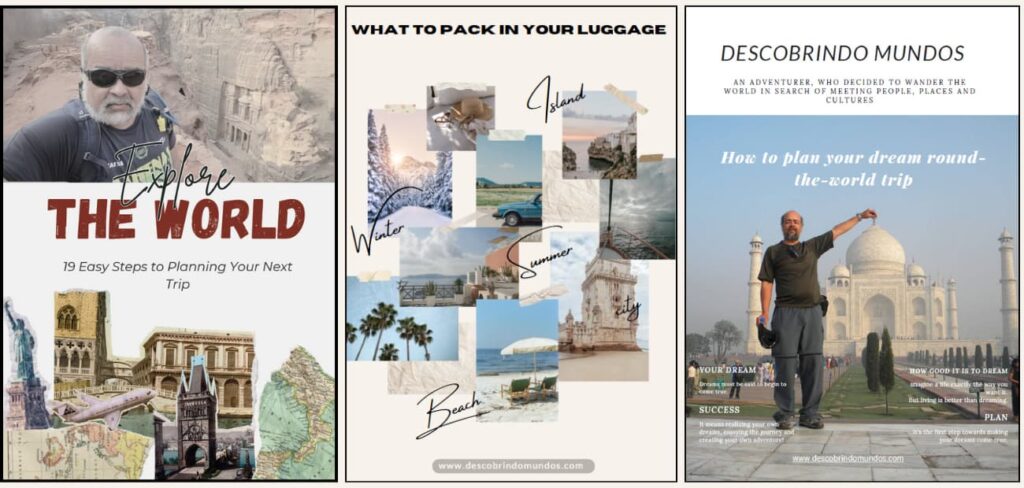
Visiting Poás Volcano: An Unmissable Adventure in Costa Rica
When we think of Costa Rica, images of lush forests and active volcanoes come to mind.
And the Poás Volcano is, without a doubt, one of the main characters in this story.
Located just 50 km from San José, it is one of the most impressive and accessible natural attractions in the country.
The trip takes about 1h30, along well-maintained roads, passing through coffee plantations and small charming villages.
Poas Volcano National Park
The park has a visitor center, bathrooms, a snack bar and well-marked trails.
Everything is very organized and safe. A visit to the main crater is a must.
It is one of the largest in the world, with an impressive 1.3 km in diameter and 300 meters deep.
From the top of the observation platform, the view is surreal: a steaming turquoise lake at the bottom of the active crater.
It is the kind of scenery that seems to have come from another planet. The walk from the entrance to the observation deck is short and easy, about 15 minutes along an accessible paved path.
After admiring the main crater, I explored short trails that lead to Laguna Botos and Sendero Sombrilla de Pobre.
Unfortunately my time in Costa Rica is over. Time to go home.

